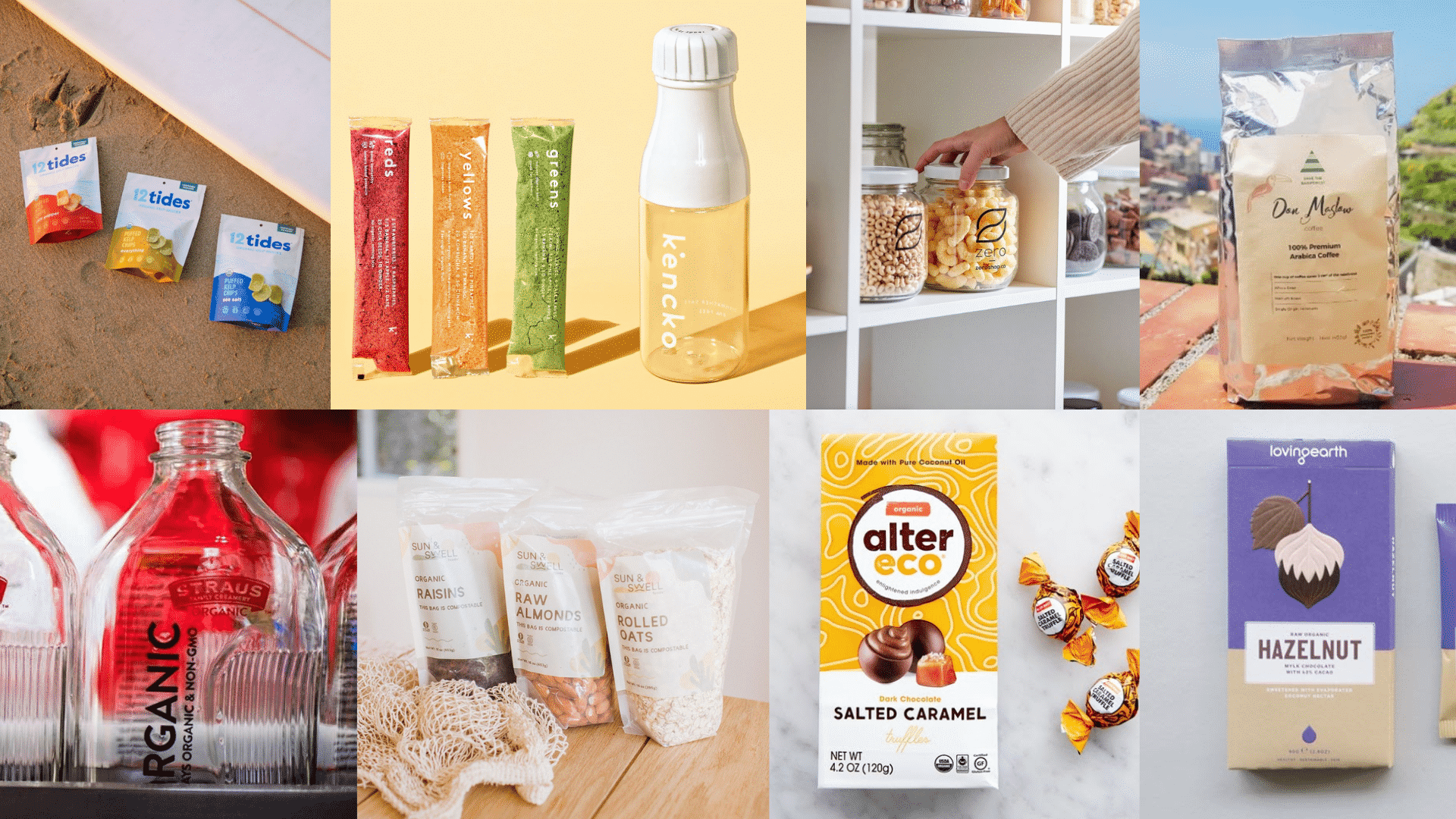
Let’s be honest. The word “sustainable” gets thrown around a lot these days. It’s slapped on packaging, woven into mission statements, and hashtagged into oblivion. But for a growing number of consumers—and the brands that truly listen to them—it’s no longer a buzzword. It’s a baseline.
Sustainable branding isn’t just about looking green. It’s about being green, from the inside out. It’s the fusion of your company’s core values with tangible, earth-friendly actions. And eco-conscious design? Well, that’s the physical proof. It’s the silent ambassador that tells your customer, “We care about the same things you do,” before they’ve even read a word.
Why This Isn’t a Niche Trend Anymore
You can’t ignore the shift. The modern consumer, especially younger generations, are savvy. They have a kind of built-in greenwashing radar. They don’t just buy a product; they buy into the story and the ethics behind it. A cheap, plastic-clad item might solve an immediate problem, but it leaves a lingering bad taste—a feeling of complicity in a larger environmental issue.
Honestly, the business case is solid, too. Sustainable practices often lead to reduced waste and long-term cost savings. They build fierce customer loyalty and can be a powerful shield against reputational risk. In a crowded market, your commitment to eco-friendly brand identity can be the thing that makes you stand out. It’s a genuine point of difference.
The Pillars of a Truly Sustainable Brand
So, what does this look like in practice? It’s not one single thing. It’s a web of interconnected choices. Think of it as building a house. You need a solid foundation and sturdy walls.
1. Authentic Transparency (The Foundation)
This is non-negotiable. You have to be open about your journey—the good and the not-so-good. Are you still working on your supply chain? Say that. Did a new product launch with more packaging than you’d like? Acknowledge it and share your plan to do better.
Customers respect honesty over a facade of perfection. This builds trust, and trust is the currency of modern branding.
2. A Circular Mindset
The old “take-make-waste” model is, well, old. A sustainable brand thinks in loops. How can we design this product for a longer life? Can it be repaired, refilled, or easily disassembled for recycling? This is where you get into really interesting territory with sustainable packaging design principles.
It’s about moving from being a seller of products to a steward of materials.
Eco-Conscious Design: Where the Rubber Meets the Road
This is the fun part—the tangible expression of all those values. Eco-conscious design touches everything.
Material Matters: The Stuff Your Brand is Made Of
The choice of materials is your loudest statement. It’s the difference between shouting and whispering. Here’s a quick look at some common swaps:
| Traditional Material | Eco-Conscious Alternative | Why It’s Better |
| Virgin Plastic | Post-Consumer Recycled (PCR) Plastic, Bioplastics | Reduces landfill waste and fossil fuel use. |
| Bleached Paper/Cardboard | Recycled, Unbleached, or FSC-Certified Paper | Saves trees, water, and energy; avoids harsh chemicals. |
| Vinyl Banners/Signage | Fabric, Recycled PET, or Biodegradable substrates | Avoids PVC, which is difficult to recycle and can release toxins. |
And it’s not just about the base material. Think about the inks. Soy-based or algae-based inks are a massive upgrade from traditional petroleum-based ones. They’re easier to remove during paper recycling and are derived from renewable resources. A small switch with a big impact.
Packaging with a Purpose
Packaging is often the first physical touchpoint a customer has with your brand. Make it count. The goal is to use the absolute minimum material required to protect the product. No more giant boxes filled with plastic air pillows.
Get creative! Can your packaging be part of the product? A box that becomes a display stand. Or what about zero-waste packaging solutions like compostable mailers or reusable tins? This kind of thoughtful design turns unboxing into an experience that reinforces your values, rather than creating guilt.
Digital Footprint: The Invisible Impact
This one is often overlooked, but it’s crucial. Your website, your emails, your cloud storage—it all consumes energy. A commitment to eco-conscious design extends into the digital realm.
How? By optimizing website images to reduce load times and data transfer. By choosing a web host powered by renewable energy. By streamlining user journeys so people find what they need faster, using less energy. It’s a subtle thing, but it completes the picture, showing you’ve considered every angle.
Avoiding the Greenwashing Trap
Here’s the deal. Consumers are skeptical, and rightly so. Making vague claims like “earth-friendly” or “all-natural” without backing them up is a recipe for disaster. That’s greenwashing in a nutshell—and people can smell it a mile away.
To avoid it, you must be specific and evidence-based. Don’t say “we use recycled materials.” Say, “Our mailers are made from 100% post-consumer recycled cardboard and are curbside recyclable.” See the difference? One is fluff. The other is a verifiable fact.
Certifications are your best friend here. Things like FSC (Forest Stewardship Council), B Corp, or Cradle to Cradle provide third-party validation that you’re walking the walk.
The Future is Intentionally Designed
Ultimately, sustainable branding and eco-conscious design are about intentionality. It’s about pausing at every decision point—from the logo sketch to the shipping box—and asking, “Is there a better way? A way that does less harm, or perhaps even does some good?”
This isn’t a constraint on creativity. In fact, it’s the opposite. It’s a new set of parameters that forces innovation. It pushes you to create beautiful, functional, and responsible things that don’t ask the planet to pay the price. And that, you know, is a story worth telling.







